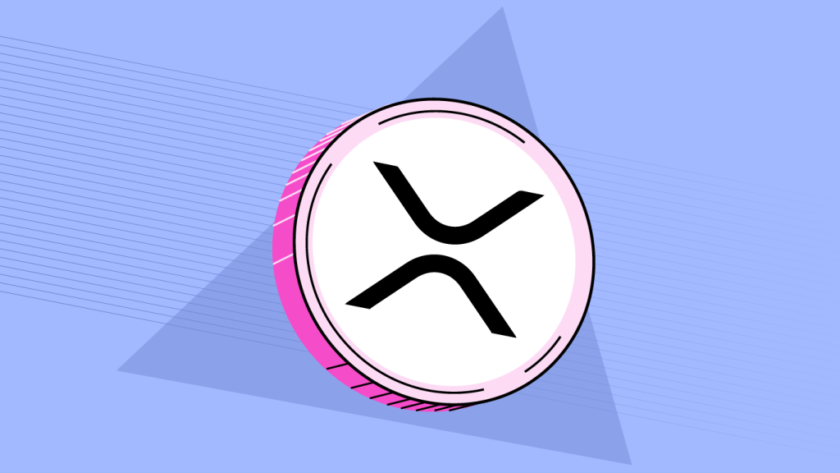Santander Bank wrongly gave Ripple fans hope when a member of its support team tweeted the following on Friday:
Hey Wes, we’re doing great. We’re using XRP for international payments to 18 EU countries and the USA. This is on our iPhone app called One Pay FX. ^TC
— Santander UK Help (@santanderukhelp) March 23, 2019
xCurrent 4.0 to Provide “Seamless” Access to xRapid
Santander announced last year they were using xCurrent, Ripple’s answer to SWIFT. The bank messaging protocol provides real-time tracking and quick settlement for banks. xRapid, on the other hand, is Ripple’s XRP settlement protocol. It uses the XRP token to settle transactions, and for good reason, the news that Santander would use XRP was big to its community.
Earlier versions of xCurrent didn’t necessarily require the use of XRP. The current version, 4.0, also doesn’t require it, but it makes it much easier, according to a document posted to an XRP forum.
xCurrent 4.0 reportedly provides “seamless” access to xRapid, meaning XRP for liquidity. Making it easier for all of xCurrent’s existing customers to access xRapid will likely affect demand for XRP. This is the cause of excitement.
All the same, Santander was relatively quick to post a correction:
We are sorry, unfortunately due to a misunderstanding we have given incorrect information. We do apologise for the confusion this has caused. One Pay FX uses xCurrent only. You can find out more here: https://t.co/EGWMMqZhkA.
— Santander UK Help (@santanderukhelp) March 24, 2019
The response didn’t deter many XRP fans. One wrote a particularly funny tweet in reply:
is ok. xCurrent is the astroglide to xRapid.
you’ll be using it fairly soon don’t worry, is ok
after that you will HODL XRP once we have regulatory clarity so banks can hold it as an asset, then holy grail @diliprao— ƈʀʏքȶօ ɖǟʋɛ 🔮 Ӽʀք (@CryptoDave13) March 24, 2019
Banks move several trillions of dollars per day. The aim of Ripple, Stellar, and other bank-oriented protocols is to capture some of this business. JP Morgan recently created its blockchain solution for precisely this purpose, effectively removing trillions from the reach of these firms. Ripple CEO Brad Garlinghouse has reacted in various ways, expressing both disbelief and doubt that it will make a difference. Ultimately JP Morgan also needs to do business with other banks and firms, and that’s where things like Ripple and Stellar come into play.
The market is ripe for a universal translator, as Ripple and Stellar are individually capturing various parts of the market. These protocols will need a way to co-operate with each other eventually.
In a future where many banks use Ripple or Stellar or some other digital ledger tech for global settlement, real demand will exist for actual usage. At current prices, plenty of banks could afford to buy up massive amounts of XRP and control the market. This is part of what contributes to the belief that XRP at present rates is largely undervalued.
But in crypto, the future is forever wide open. Ripple and Stellar/IBM may have a long lead on adoption, but disruption is the name of the game in technology. Ripple has a fortune invested in its existing product line. Its size may actually work against it in a shifting market, where the need for different types of solutions crops up.
Jamie Dimon, Chairman and CEO of JPMorgan Chase & Co has been vocal about his disdain for bitcoin over the years while the bank has been developing its own custom cryptocurrency for payments. | Source: REUTERS/Mike Blake/File Photo
Banks themselves may see it as more advantageous to develop their own solutions, after all. The World Bank chose Ethereum last year, while many banks have some kind of ongoing blockchain research project. Blockchain is open source and has dozens of viable blockchains aside from Ripple.
All of which should serve to temper enthusiasm for the future of XRP and Ripple Labs. The company sees growing adoption of its xCurrent solution, and xRapid is hotly anticipated as the catalyst for an XRP boom. Nonetheless, projections show a mere $27 billion annual savings for banks by 2030 by using blockchain solutions.
A portion of that is what chains like Ripple could expect to capture. Even if you increase that number 10 fold, and say $300 billion annually (assuming much vaster adoption in the next decade), the figure is still dwarfed by the business done by traditional banking structures.
Revolutionary? You decide.




